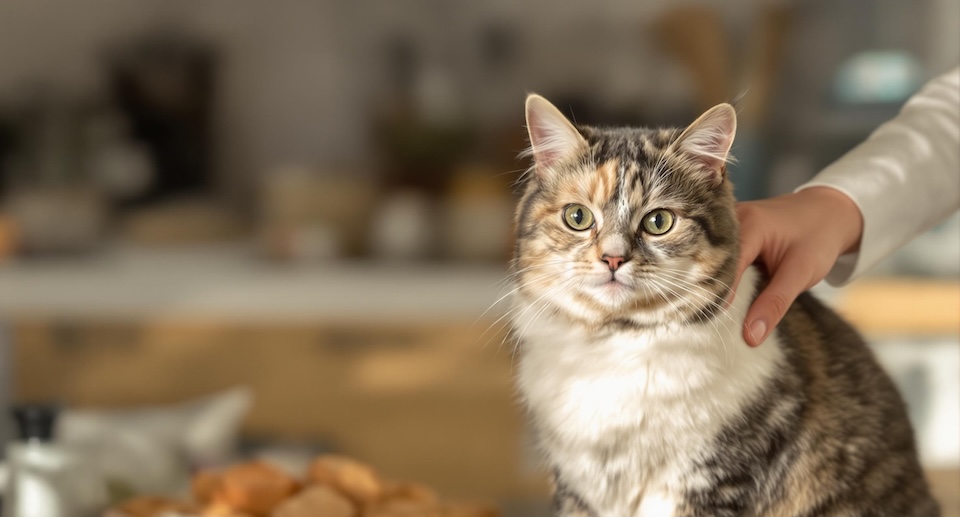How to Treat Fungal Infections in Cats

Three common fungal infections for cats are:
- Malassezia or yeast overgrowth
- Ringworm infection
- Sporotrichosis
Yeast infections (Malassezia)
A common skin yeast known as Malassezia is found in small quantities on the skin of nearly all cats in North America, and usually causes no problems. In cats with underlying conditions such as allergies, infection, hereditary skin disease, or other skin disease, Malassezia can overgrow more rapidly, causing an infection. Malassezia infections are usually found on your cat’s skin. Symptoms include hair loss, skin redness, seborrhea (crusting, scaling skin), and often development of a foul discharge or odor on the skin. Treatment of the underlying causes will help eliminate the problem. In mild cases, topical therapy is usually effective and includes degreasing shampoos containing benzoyl peroxide, chlorihexiderm, ketaconazole, and sulfur. PetMeds® Be Super Clean Shampoo and KetoChlor Shampoo are effective. In more severe cases, antifungal agents such as Ketaconazole or Itraconazole are prescribed.
Ringworm
Ringworm is an infection caused by a fungus that grows in the superficial layers of the skin, hair, or nails. The organism can also cause infection in dogs and humans. Cats may become infected either by direct contact with an infected animal or by exposure to a contaminated environment or object, such as grooming tools, clippers, or bedding. Spores are the infectious stage of ringworm and found in clusters around infected hairs, and may only be seen by microscopic exam. Spores can remain infectious in the environment for up to two years. Usually some degree of self trauma is required to enable a fungal infection like ringworm to develop. Long-haired cats and cats under one year of age seem to be predisposed.
The clinical signs of ringworm can vary. Most commonly, discrete roughly circular areas of hair loss, particularly on the head, ears, or extremities may be seen. The hair may be broken or lost, and the affected skin is often scaly and inflamed. However, ringworm may also look very similar to many other feline skin diseases. Hair loss is typically involved, but inflammation, scaling, and itchiness can be quite variable. Tentative diagnosis is often possible by ultraviolet Wood’s lamp, but a microscopic exam of suspect hairs and/or fungal culture is usually preferred.
Treatment of ringworm includes addressing any predisposing skin conditions, as well as treating all pets in the home. Systemic therapy is typically needed using an oral antifungal product liquid known as Itraconazole. Topical therapy is often used as well, such as Malapet Medicated Shampoo. Since ringworm spores can survive for a long time in the environment, decontamination is often suggested by both physically removing the infected hairs from the environment, and using chemical agents to kill the fungal spores.
Sporotrichosis
Sporotrichosis is a fungus that has the potential to infect the skin, respiratory system, bones and sometimes the brain. Infection occurs through abrasions of the skin or by inhalation. The origin of the fungus is typically from the environment, but it also has a zoonotic potential, meaning it can be transmitted from animals and humans. Cats tend to experience a severe form of cutaneous sporotrichosis, making them a greater risk to transmit infection to other pets and people by puncture wounds or through scratches on the skin. The cutaneous forms produce bumps and lesions, as well as swollen lymph nodes. The lesions often appear as wounds or abscesses mimicking wounds. Associated with fighting, wounds may be found on the head, lumbar region, or distal limbs. Often there is a history of poor response to previous antibiotic therapy. The disseminated form of this infection is rare, but occurs when initial infection spreads into the body via a secondary location.
Signs of sporotrichosis may include malaise and fever, as well as spread to the bones, joints, and brain, and in more serious cases, loss of appetite and weight loss. Pulmonary sporotrichosis can occur as a result of inhalation of sporothrix spores, and may result in coughing and pneumonia in affected pets. Diagnosis is made via examination of the fluid and fungal cultures of affected tissues. Treatment involves the use of systemic antifungal drugs including Ketaconazole or Itraconazole and may require several weeks of treatment.





